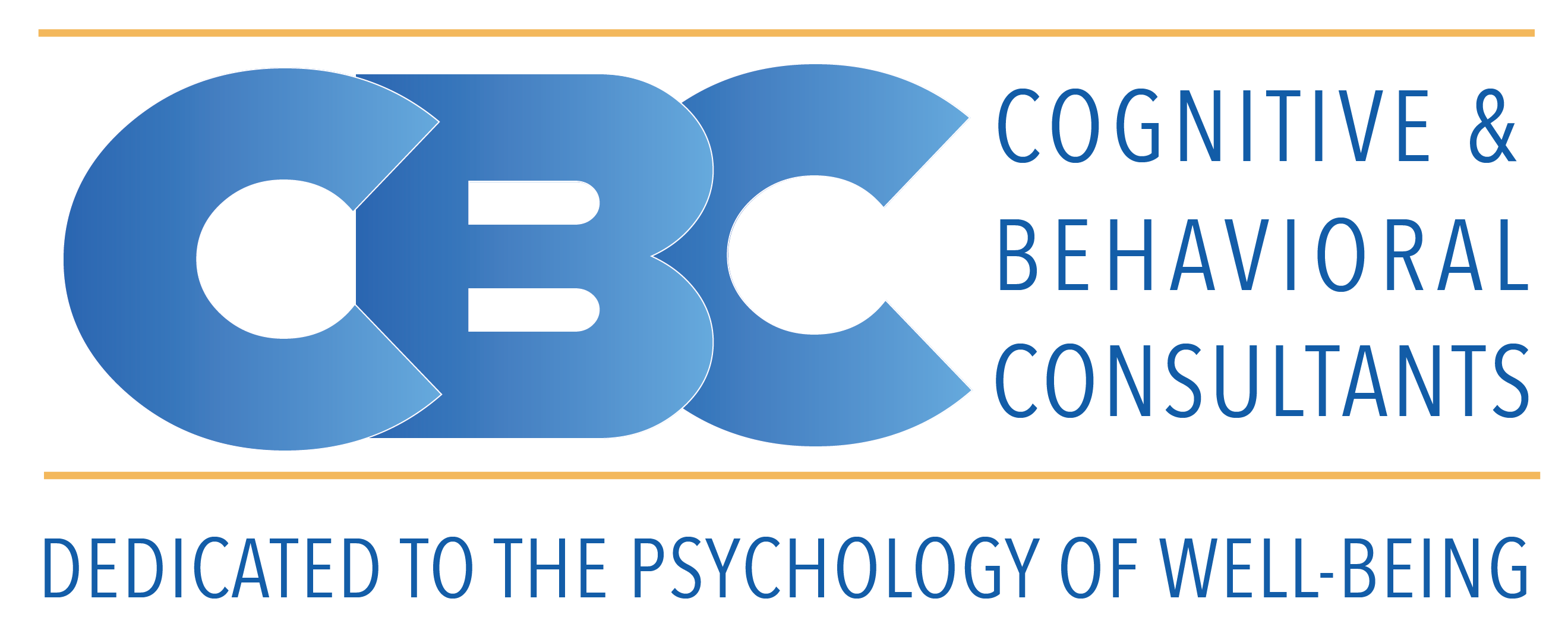Abstract
Social anxiety disorder (SAD) is a chronic and debilitating condition that appears to be growing in the United States. A number of changes proposed for the DSM-V attempt to correct prior problems with the diagnosis and are based on empirical evidence. Recent models of SAD emphasize a multi-faceted approach incorporating both hard-wired (ethology, genetics, temperament, neurobiology) and psychosocial factors (life events, parenting styles, and interactions, peer relationships, cognitive and behavioral models) in an effort to understand who develops clinical symptoms and how symptoms are maintained. More research is necessary to determine the variance contributed by implicated factors and the interplay between them.
Better integration among cognitive and learning theory formulations is especially needed. Cognitive Behavior Therapy (CBT) and serotonergic medications both have a strong empirical basis in the treatment of social anxiety and appear to have similar rates of efficacy. Whereas CBT appears to be more durable and better tolerated than medications, it has a slower onset of treatment effects. Findings from component analyses suggest that treatments that emphasize cognitive or behavioral strategies have similar rates of efficacy although combining both may produce the most gains.
Preliminary results also show that technology-guided protocols are effective in treating SAD, provide greater access to CBT, and may be more cost-effective. However, more studies are needed to compare technology-guided protocols to traditional CBT treatments. Future studies are also needed to examine factors that may impact or mediate therapeutic outcomes in order to maximize effects.
